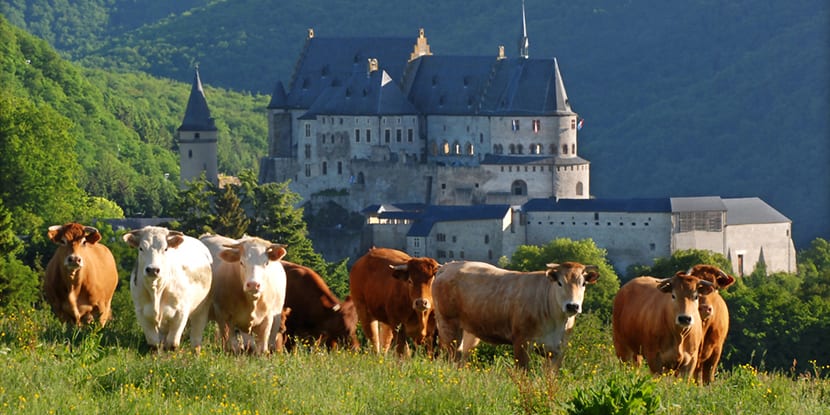
The Grand Duchy of Luxembourg is one of the most elegant destinations in Europe And due to its location, it owns incredible landscapes that are waiting for all those travelers who love the outdoors and its activities.
Located between Germany, France and Belgium and with just half a million inhabitants it's a small, landlocked state, with a constitutional monarchy at the head, many low mountains, rivers and beautiful and lush forests. Namely, the best settings for outdoor tourism.
Outdoor tourism in Luxembourg
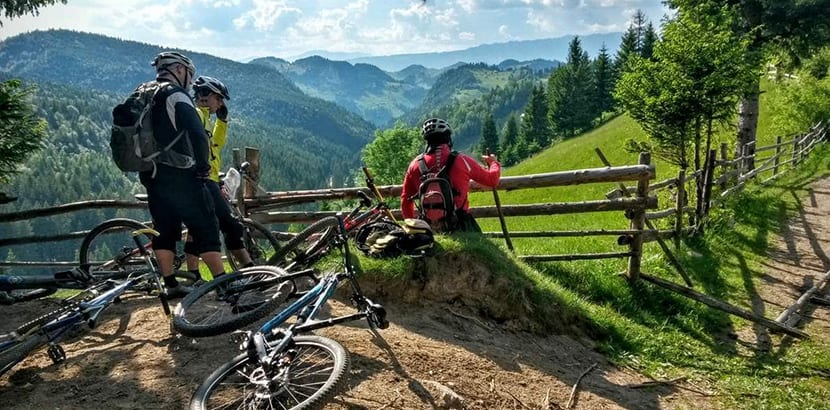
As we said before, the natural landscapes of Luxembourg are charming and suggestive, so it is best to go on an adventure to discover them. You can take walks or bike trips, climb, visit nature reserves or see gardens, rivers and lakes.
The country it is a paradise for cyclists So it has several routes outlined: 600 kilometers of bike lanes and roads, 300 more kilometers in the process of being drawn and 700 more kilometers of mountainous routes that cross those fantastic forests that the small country has.

Each region offers its own individual and group cycling tours. If you want to sign up for one, you must book in advance. There's a top 5 routes for cyclists: RedRock MTB Haard Black, S2 Mullerthal Classics, Römerrunde, Cycle Path du Center and the Vennbahn. The national network of bicycle paths is very well maintained and consists of 23 routes that cross different regions of Luxembourg.
The idea is to walk along the edge of lakes and rivers, follow old train tracks, visit picturesque villages and more. Some are the Charly Gaul Way, the des The Unity Way Three Rivers, jangeli and Nicholas Franz, just to name a few. A recommended walk is cycling the triangle around Schengen and Half Réimech: 180 minutes and with a price of 10 euros nothing more.
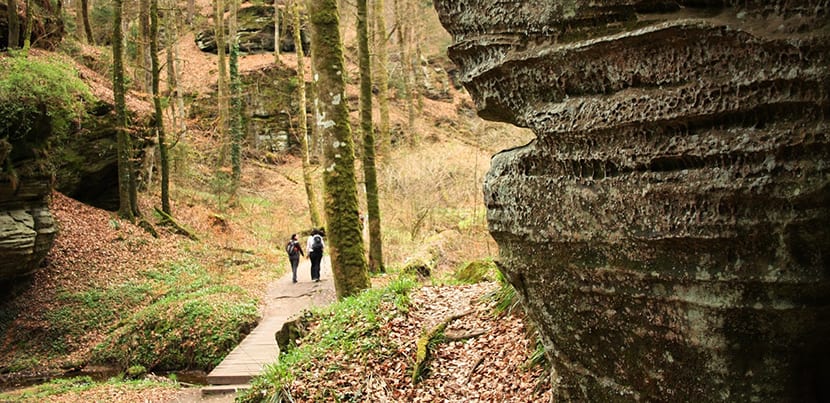
In terms of hiking there is also a Top 5 Hiking Routes: Route 2 of the Mullerthal Path, the E2-GR5 European Path, the Traumschleife Path and the NaturWanderPark Delux Path. They all cross beautiful forests, lakes and rivers and ancient villages. Many roads cross the state and some others even go beyond its borders.
Hikers can choose between routes of 40, 50 or 60 kilometers, routes by region and routes by theme. For example, the route that heads the Top 5 covers more than 112 kilometers and is made up of three roads, Route 1, 2 and 3. You will visit villages, rocky massifs, caves, forests and waterfalls. If you choose Route 2, the Escarpardenne Lee, you will travel 53 kilometers along steep roads and rugged mountains that cross the lush Sure Valley with its mills and villages.
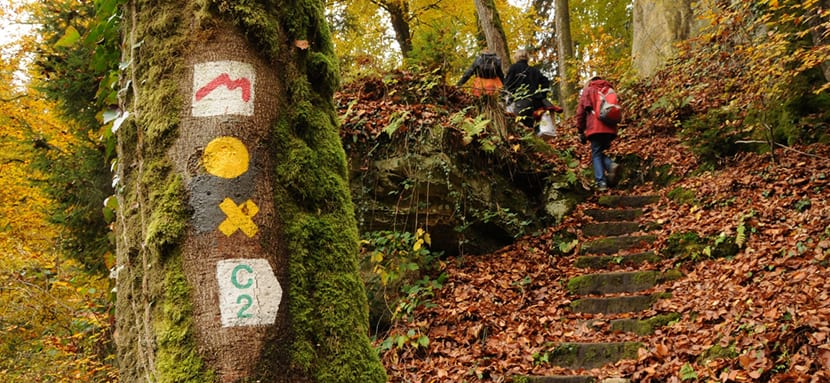
In terms of flora and fauna Luxembourg offers us three nature reserves: the Haard, the Strombierg and the Haff Réimech Nature Reserve. The first is a protected area since 1984 and covers an area of 198 hectares. It has its own ways to get lost and offers an educational trail. Strombierg takes us back in time, to that mining era in the country. Today it has a protected flora and a lot of wildlife.
The trail is 4.5 kilometers long and starts under the Schengen Bridge.
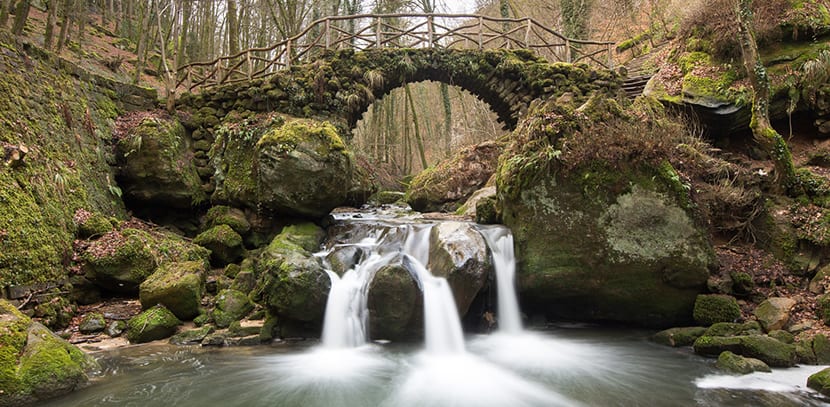
For its part, the Haff Réimech Nature Reserve is located near vineyards, between Schengen and Remich, an area very rich in flora and fauna. A reserve called Biodiversum has been built on an artificial island, a very modern structure that allows us to know the biodiversity of Luxembourg and what the State does to protect it.
As we said at the beginning, the country is traced by a multitude of rivers and lakes and in the Top 3 rivers and lakes of Luxembourg this is the scale: Lake Alto Sûre, Lakes Remerschen and Lake Echternach. The first is in the heart of the national park of the same name and is a dam lake formed in 1961. It has 380 hectares and many water sports are practiced here, including boating, worse rowing.
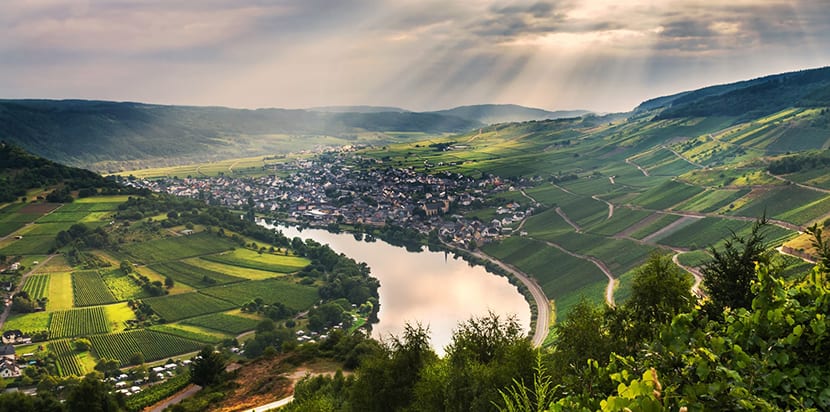
The Haff Rèmech Nature Reserve has 80 hectares and its water mirrors allow you to ride in pedal boats, swim and fish with permission. Lake Echternach is in this well-known Luxembourg resort, in the middle of a 375-hectare green region.
It is 35 hectares in size and you can sail, canoe, windsurf, and fish. To all this add boat toilets where you can even eat on board.
Castles and fortresses in Luxembourg
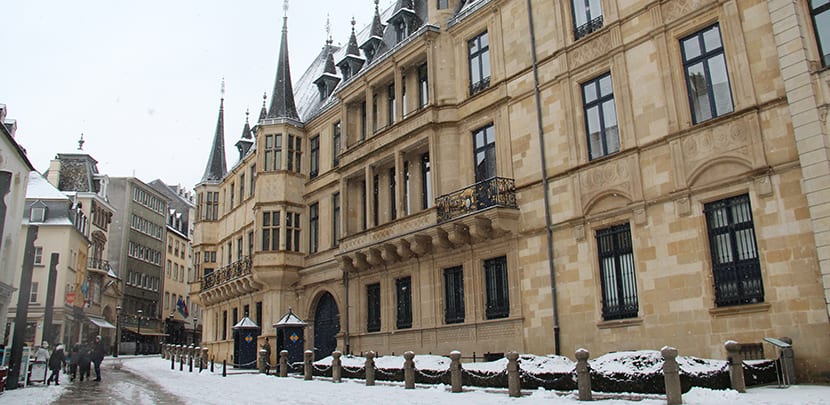
Like every country in Europe There is no shortage of castles and medieval fortresses to visit. There are about 50 and many of them have been restored and are open to visits. There is even a trail known as the Valley of the Seven Castles that runs through the Eisch Valley, a beautiful place in the west of the country.
But we can do the Top 5 castles: the Palace of the Grand Dukes, Vianden Castle, Bourscheid Castle, Beaufort Castles and Clervaux Castle. The Palace of the Grand Dukes is one of the most beautiful in the capital city, in a XNUMXth century Flemish Renaissance style with beautiful interiors. It can only be visited in summer, note that (visits are from mid-June to early September).
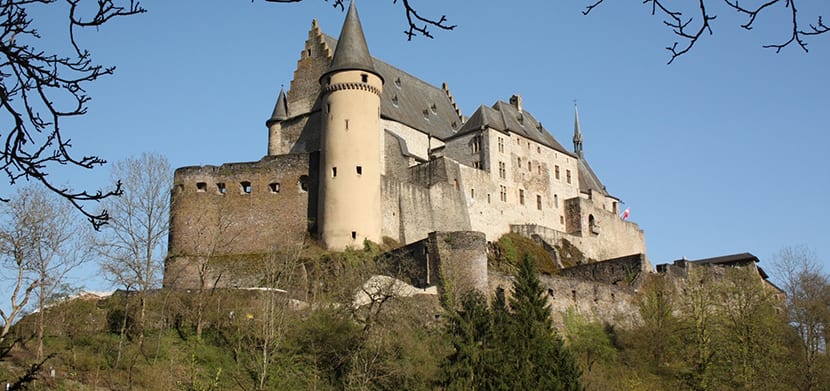
El Viandem Castle It is an imposing castle built between the XNUMXth and XNUMXth centuries on an old Roman castle and a Carolingian refuge. It is one of the most beautiful medieval structures that populated Europe in the times of the Romans and the Goths. In the XNUMXth century it became the home of the powerful Conden de Vianden, related to the German court and later to House Nassau and House Orange.
It has been in the hands of the State since 1977 and has been restored, becoming one of the best castles in Europe. There are guided tours, rental of audio guides and it is open from 10 am to 6 pm. For his part the Bourscheid Castle It is triangular in shape and built on a 150 meter high hill over the Sûre River.

It dates from the year 1000 and before it was made of stone it was made of wood. It stands on Roman, Merovingian and Carolingian ruins and is a Romanesque Gothic building. The outer wall has eight towers and dates from the fourteenth century and abounds in defensive constructions such as turrets, artillery bastions, a moat with a drawbridge and others. The castle ruins were bought by the state in 1972 and restored. There are guided tours and it is open from 11 am to 4 pm.
The Beaufort Castles They are two old structures: on one side is the Old Castle of Beaufort, including a moat, the oldest parts of which date back to the 30th century, square in shape and with two walls. It was left in ruins after the 20 Years' War and was rebuilt in a Renaissance style later, although by the XNUMXth century it was again in ruins. It was only in the XNUMXs of the XNUMXth century that it was restored and opened to visitors.
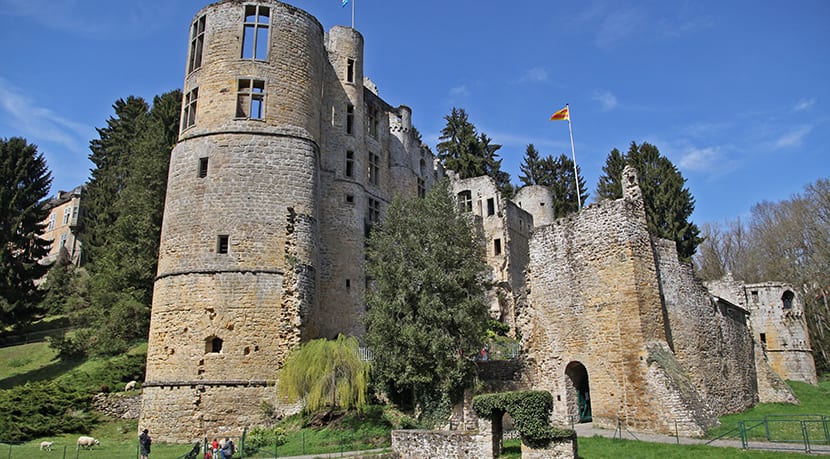
The other castle in question is the Renaissance castle of Beaufort dating from 1649 and never suffered any damage. It was inhabited until 2012 and in 2013 it opened to the public. It only accepts guided tours in season from Thursday to Sunday from 11 am to 4 pm and you have to reserve because only groups of up to 12 people are accepted. You can make the reservation at any time of the year.
To finish, the Clervaux castle, built on a promontory and baptized The Lady. It has no certain origins and it seems that it either dates back to the Romans or the Celts. The oldest part dates from the 1944th century but it was transformed as time went by and the passage of different owners. Today it houses a museum, the Museum of the Battle of the Bulge (1945 - XNUMX), and photographs and documents from a collection called The Family of Man, by Edward Steichen: 503 photos taken by more than 200 photographers in 68 countries based on work, family, birth, education, war, in the life of Man.
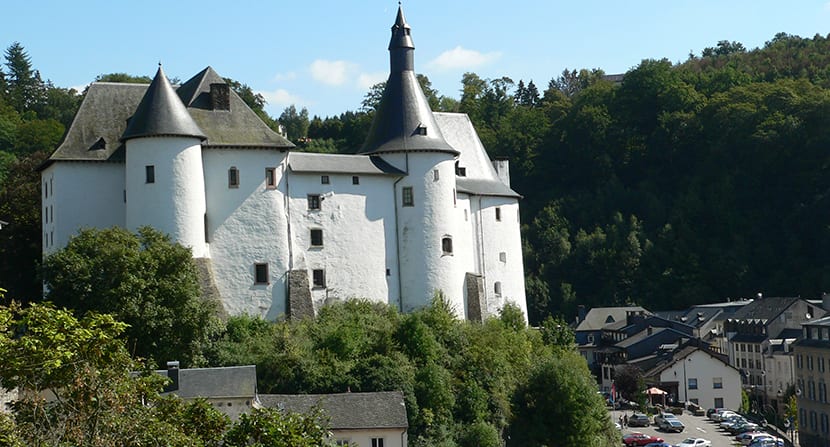
It is a valuable collection that has been exhibited several times at MoMA in New York. The tour here lasts about three hours if you add the visit to the city, its church and the abbey. So far then our article today on what Luxembourg offers to tourists. Nature, culture and history. Obviously, other questions have been left in the pipeline but I think this is enough of a magnet to attract us, isn't it?